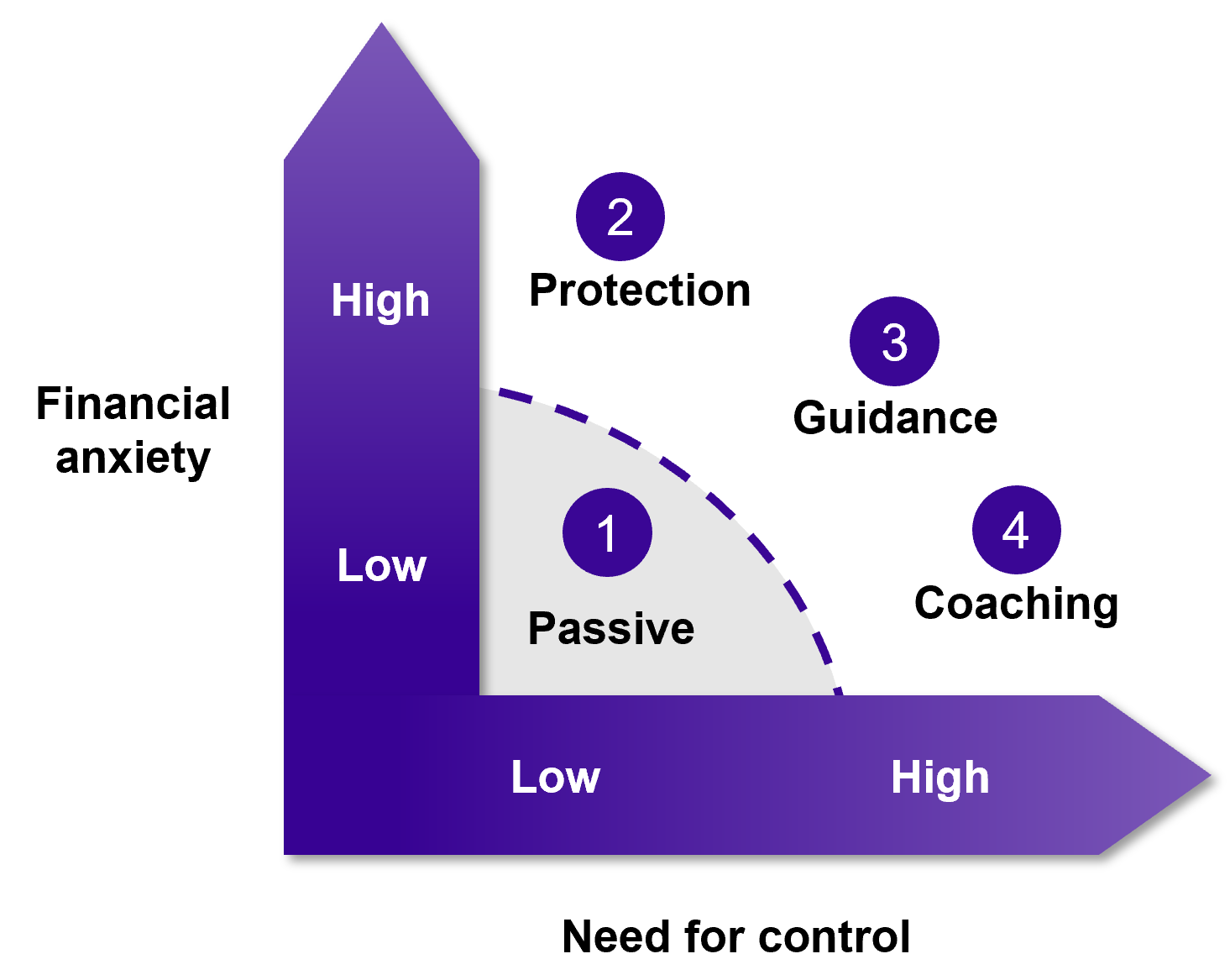There is no exact science in defining what constitutes a ‘crisis’. Usually, crisis communications involve managing the reputation of a business or an individual after some distinct event for which that business or individual may be accountable. Broader events, such as those impacting whole industries, regions, or in the case of the COVID-19 pandemic, the global majority, are often not captured as part of a crisis communications plan. However, as James O’Rourke of the University of Notre Dame notes, crises often involve the following elements:
– Surprise
– Insufficient information
– An escalating flow of events
– Impatience on the part of many
The current environment certainly adheres to these criteria.
The goal in crisis communications is often to maintain a firm’s reputational standing and protect its perceived image. In traditional crisis situations, the more communication, the better. Firms can reassure stakeholders by following principles of transparency, visibility, accuracy and importantly, regularity in their communications.
However, there is a key difference which guides the approach that finance and investment professionals may take to support their clients in the current environment. To determine this approach, let’s first define the goal of our communications.
Being clear about your communication objectives
As well as making appropriate portfolio decisions on behalf of clients, advisers can add further value by addressing their clients’ emotions. Specifically, helping a client overcome their short-term financial anxieties can facilitate longer-term thinking.
In a previous paper exploring the emotional influences at play during financial decision-making, I discussed how an individual’s level of financial anxiety and their need for control can (amongst other factors) influence their financial behaviours. These factors can also dictate the nature of the relationship that they seek with their financial adviser.
In the current environment, it’s increasingly important to consider the influence of financial anxiety and the need for control within our communication plan. Take a look at the diagram below. We can use this as a tool to determine our engagement approach depending on a client’s emotional state. Let’s consider four distinct groups of clients:

1. Passive approach
The area within the greyed-out portion of the diagram represents those individuals who hold low levels of financial anxiety and a low need for control. This group may have engaged with a financial adviser for ‘economic’ reasons; perhaps they do not feel they receive value from managing their own finances or perhaps they do not feel they have the resources to manage them effectively.
In times of uncertainty, this group of individuals are happy to continue to delegate responsibility (or perceived responsibility) for their investment decisions. They may be apathetic to the current volatile environment. Advisers should be wary of instilling anxiety within this group through frequent communications. Aside from meeting regulatory obligations, such as the need to notify clients of losses in excess of 10% (as part of MiFID requirements), the value of regular updates should be carefully assessed.
2. Protection approach
For those with high financial anxiety, providing too much information can in fact be counterproductive. As Thomas Eisenbach and Martin Schmalz observe, “an anxiety prone decision maker will prefer to have to pay for – or better yet be denied – immediate information about fund performance”. By prompting consideration of financial issues, it is possible to overwhelm clients into a state of ‘avoidance’; in practical terms, potentially being driven to liquidate their investment portfolio.
Clients who hold high anxiety and low need for control characteristics require reassurance without the compromise of feeling that they must take emotional responsibility for investment decisions. This reassurance can be facilitated by evidencing credibility of expertise and resources that the firm has as its disposal.
3. Guidance approach
In contrast, clients with both high financial anxiety and a high need for control may be better catered for through the use of a guidance approach. Research has shown that psychological wellbeing can be improved by the perceived increase in one’s level of control of a situation, even when true control of the outcome may not be possible. To leverage this principle, advisers must strike a balance between providing reassurance, whilst supplying enough information to educate clients about, and involve them in, the firm’s investment thesis.
As one high net worth individual told me in an interview, communicating in an explainable way, “addresses both my need to feel that I’m protecting myself, but also makes me feel in control”.
Advisers can leverage storytelling techniques to deliver information in a palatable way, with greater detail provided where desired by the client.
4. Coaching approach
The final group of clients are defined as those with low levels of financial anxiety but a high need for control. Although we have spoken about methods to reduce high levels of anxiety, I should highlight that anxiety itself is not a ‘bad’ emotion. Moderate anxiety levels do tend to lead to higher risk aversion. This in itself shouldn’t be a concern to advisers. In fact, anxiety has been found to play an important role in effective future planning. The concern is whether current emotional stimuli disproportionately affect an individual’s ability or willingness to follow the most beneficial plans for them.
For clients within this group, advisers can use the current uncertain environment as a tool to test longer-term objectives. By reviewing strategic plans, clients achieve a sense of influence over external uncertainty, which may otherwise prompt discomfort.
As dialogue is an important aspect of the coaching approach, communications for this group of clients are likely to be best delivered on a one-to-one basis by advisers.
These four messaging approaches should provide a simple guide to determining a communications strategy for your clients. However, there are logistical considerations that it would be remiss to ignore. For example, how does an adviser know which approach is best for a particular client? And how can these principles be applied to communications across the whole client base? The section below contains some practical implementation tips to help address these points:
Practical tips
- Ask clients how often they want to be updated
It may not be practical to speak with all clients directly. However, advisers should obtain feedback on the communication preferences of any clients that they are in direct contact with. As discussed above, it is simple to assume that greater levels of communication will be welcomed by clients, but this may not be true in practice.
- Allow individuals to self-segment
By layering communications, clients can dictate the level of information they want to consume.
For example, if communicating by email to large client groups, it is prudent to begin with the ‘protection approach’ focussing on reassurance. This can then be extended to a ‘guidance approach’ by linking to additional detail and educational content. Finally, the ‘coaching approach’ can be offered by providing a call to action for those individuals who want to discuss their situation directly with an adviser.
- Request feedback
It’s important to refine your messaging. Remember to ask clients whether your communications are helping them. What might be missing? What are the additional questions that you are being asked? Sharing this feedback will help colleagues to pre-empt and respond to concerns more effectively.

